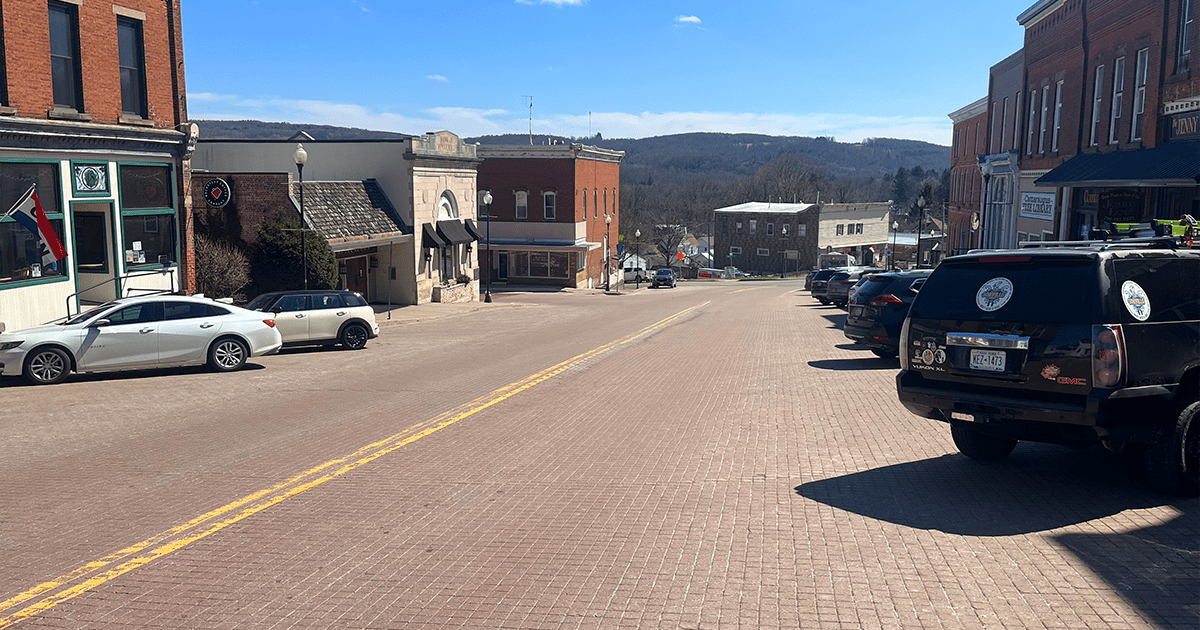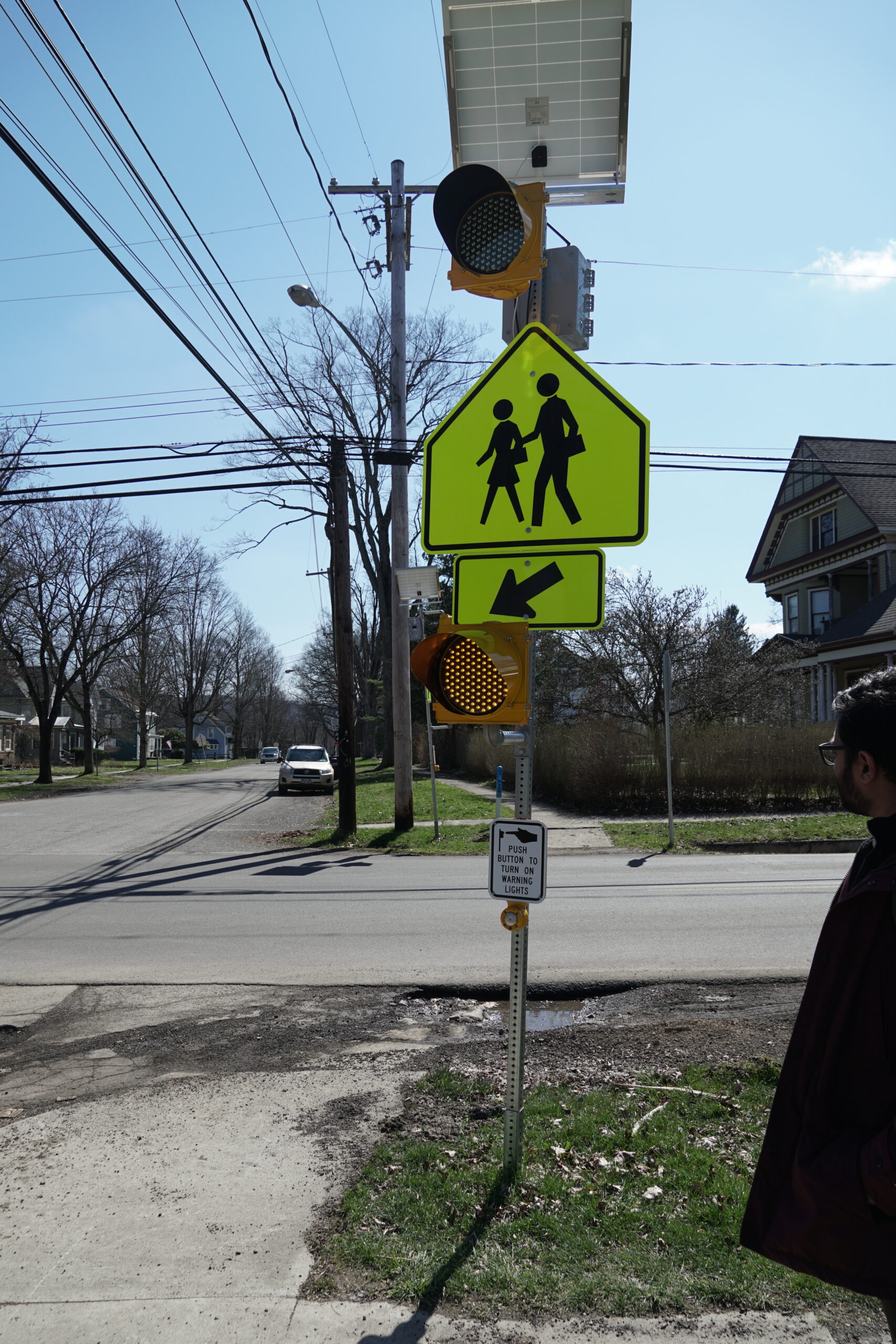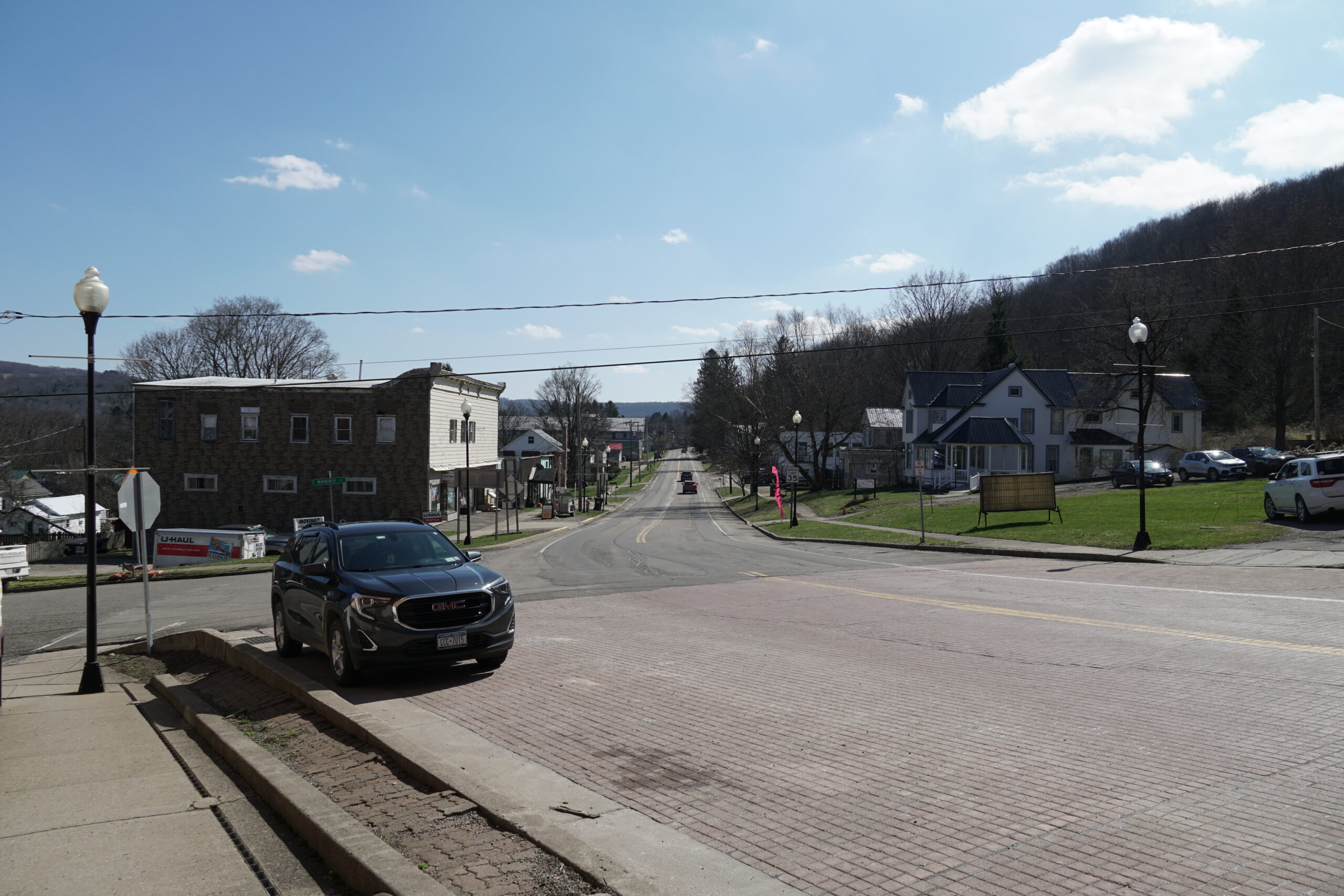Background
For close to a decade, GObike has helped villages and towns in Cattaraugus County explore ways to make streets and roads safer for pedestrians, bicyclists, and other road users through Complete Streets Workshops, Assessments, and Recommendations. Supported by a NYS Department of Health Creating Healthy Schools and Communities (CHSC) grant, GObike is continuing this work in the Village of Cattaraugus in collaboration with the Village and other community organizations. In March 2024, GObike met with a group of stakeholders at a Complete Streets Workshop to discuss how complete streets could be applied in the Village of Cattaraugus. During this workshop, the stakeholders learned more about what complete streets are and how they function. The group then walked through the Village to identify streets and intersections of concern, and talked about what potential improvements might look like. GObike summarized the discussion in a Complete Streets Action Plan, along with recommended actions for programs, policy, and projects to begin implementing safer streets in the Village. You can view the Complete Streets Action Plan below.
In addition to the Complete Streets Action Plan, GObike is also working on a feasibility study to explore the potential of extending the existing Pat McGee Trail from its current end just south of the Village, northward into the heart of the Village of Cattaraugus at Main Street and beyond. While the existing trail offers connectivity between communities and a recreational amenity for residents and visitors alike, bringing the trail directly into the Village will open up new opportunities for tourism and support small business development, while offering a more accessible recreational amenity for families who live in the Village. The Village of Cattaraugus has tasked GObike with developing a feasibility study that examines the existing right-of-way (ownership, environmental, easements, utilities etc.), recommendations for conceptual trail design and alignment, and a maintenance plan.



